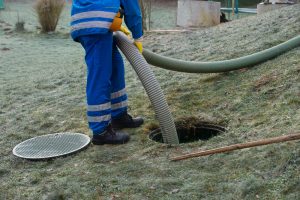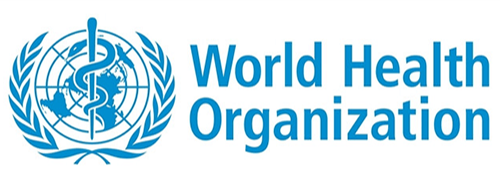Welcome to the Sanitation Safety Planning Learning Hub!
Sanitation Safety Planning, or SSP, for short, is a step-by-step risk-based approach for local level risk assessment and management for the sanitation service chain – including toilet, containment/storage and treatment, conveyance, treatment and end use or disposal.
SSP requires capacities from a range of stakeholders to initiate, develop, implement, monitor and sustain the process to safely manage sanitation systems. In particular, the success of SSP depends on the support and commitment from authorities, as well as the capacities of a local leader and team to implement each step of the SSP methodology.
With the aim of encourage the implementation of Sanitation Safety Planning, the World Health Organization presents this online platform for practitioners and trainers with the learning resources required to launch Sanitation Safety Planning processes at local level.
SSP provides a framework to identify, prioritize and manage health risks along the sanitation service chain of all types of systems:

Centralized (off-site) sanitation systems
Water and sanitation utilities and other service providers can benefit from implementing SSP as a tool to manage service quality and provide assurances to local authorities and regulators. Also, SSP helps operators to understand the implications of the quality of end products, such as treated wastewater and sludge, in the health and well-being of farmers, consumers and wider communities. Finally, SSP guides operators to prioritize risk management efforts to where it will have the most health impact.

On-site sanitation and faecal sludge management systems
Local authorities can use SSP as a tool to coordinate, plan improvements and monitor sanitation services in an administrative area. SSP helps to understand the health risks associated with septic tanks and other related technologies, as well as faecal sludge management. SSP teams can identify and implement control measures that protect users, workers and local communities. Private sanitation service providers should also implement SSP to ensure that their operations do not pose health risks.

On-site sanitation with pits covered when full
Sanitation Safety Planning together with key WHO-developed resources, such as Sanitary Inspection Forms, can help local authorities to identify health risks associated with all sort of pits used in peri-urban and rural areas. SSP sets a plan for incremental improvements and targets investments to the highest health risk.
If you are a local practitioner…
… the SSP Learning Hub is perfect for you! The online training course will take you trough the Sanitation Safety Planning methodology, with recorded lectures with the key information to acquire the knowledge, skills and tools to launch and implement SSP in your locality. x x x x
If you are a trainer…
… the SSP Learning Hub will help you designing and conducting SSP trainings. The Training Package contains a trainers guide with instructions about target audiences, learning objectives, proposed agendas and a training plan. You will also find ready made PPTs, as well as screenplays for all slides. Furthermore, worksheets and case studies are ready for you to use during your SSP trainings.
The Library contains all training materials, videos, guidelines and tools.

